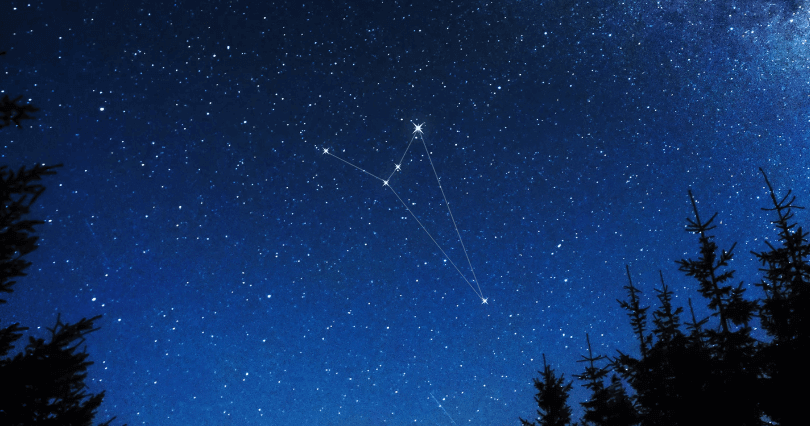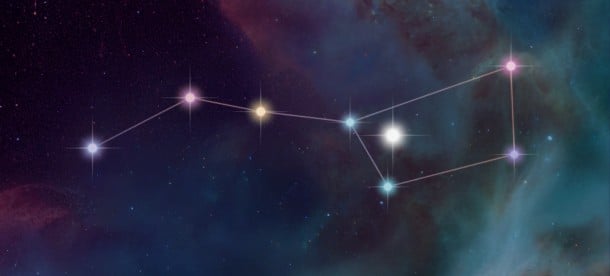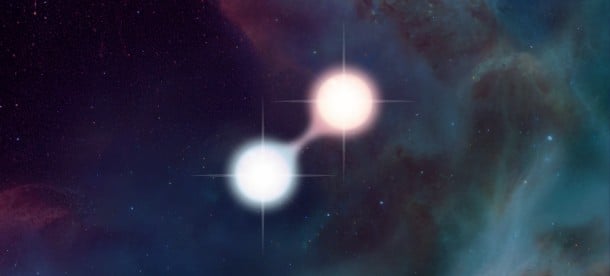Octans Constellation

Octans constellation is a fainted one in the southern hemisphere. It is named to commemorate the device that measured the angular distances in the geography. Best time to find it is around autumn’s culmination at the south celestial pole. The neighborhood constellations are Indus, Pavo, Chamaeleon, and Hydrus. The constellation was not known to Ptolemy and was not included in his 48 then-known constellations list. It was first spotted and documented by the French astronomer Lacaille in the mid-18th century and it is now highly recognized by IAU and part of 88 modern-known constellations list.
How to find Octans constellation?
Octans constellation is the 50th constellation in size and it is located in the fourth quadrant of the southern hemisphere. Best time to see it is during culmination in the fall season and can be seen at latitudes between +0° and -90°. Constellation is bordered by Apus, Tucana, Pavo, Mensa, Indus, Chamaeleon and Hydrus constellations.
Octans is a member of the Lacaille constellations family along with Caelum, Circinus, Fornax, Horologium, Mensa, Microscopium, Norma, Pictor, Reticulum, Sculptor, and Telescopium constellation.
Major stars in Octans constellation
Octans constellation is a home of two bright stars with its known planets and the brightest one is a star of magnitude 3.76 and called Nu Octantis. There are no Messier objects or meteor showers connected to the Octans constellation. This constellation is circumpolar to the South Pole which means that it can never set down below the horizon. The stars it contains are no brighter than the magnitude 4.0 so they are not that bright for all observers. However, it contains Sigma Octantis – the southern pole star located a degree from the South Celestial Pole. The star is faint, so it could not be used for orientation that easily. List of major stars:
-
ν Octantis (Nu Octantis) - Nu Octantis is the brightest star in the constellation and it is about 69 light years distant from the Sun. This is a star not brighter that the magnitude 4.0 and it is known as an orange giant that will eventually expand in the next 100 million years – the astronomer say that in that time Nu Octantis will become 60 times brighter and 15 times bigger than it is now.
-
β Octantis (Beta Octantis)
-
δ Octantis (Delta Octantis)
-
θ Octantis (Theta Octantis)
-
α Octantis (Alpha Octantis)
-
Polaris Australis – σ Octantis (Sigma Octantis)
-
μ2 Octantis (Mu-2 Octantis)
-
HD 142022
-
HD 212301
Mythology of the Octans Constellation
Octans constellation is located in the southern hemisphere and therefore was not visible and known to the Greeks and the famous astronomer Ptolemy. It has no connections with any Greek or Roman myths or stories, and it was named after the navigational instrument that was used by the 19th century called the octant. During that time, it was quite popular to name constellations by ancient creatures or animals, but that was not the case with Lacaille who first spotted and depicted this one.
He created the Octans constellation in 1752. out of circumpolar stars and referred to it as l’Octans de Reflexion, or “the reflecting octant”. The constellation was later known as Octans Hadleianus, after English mathematician John Hadley who was the inventor of the octant in the mid-18th century. Part of the Octans constellations is some of the stars that were previously linked to the bordering constellation Hydrus.
Choose your package
-
Lifetime Entry in Star Catalog
-
Guaranteed visible from your location
-
Star Finder app access


-
Free & express shipping available
-
PDF Emailed in Seconds
-
Everything from a Standard Star package
-
Choose a Star Constellation
-
Easier to find in the Sky




-
Free & express shipping available
-
PDF Emailed in Seconds
-
Everything from a Standard Star package
-
Name Two Stars together
-
Extra bright and Unique 2-Star Pair






-
Free & express shipping available
-
PDF Emailed in Seconds



